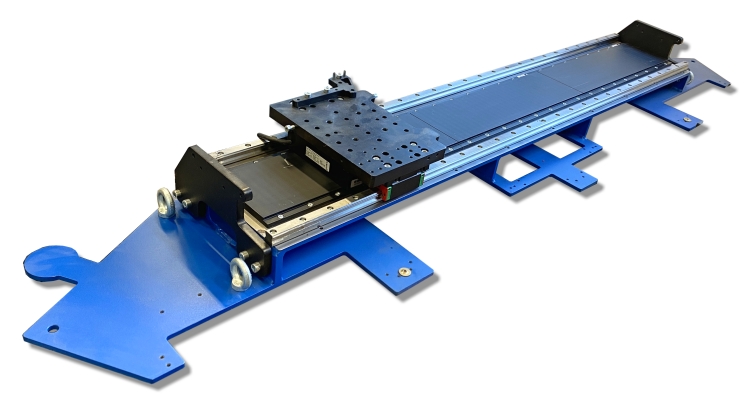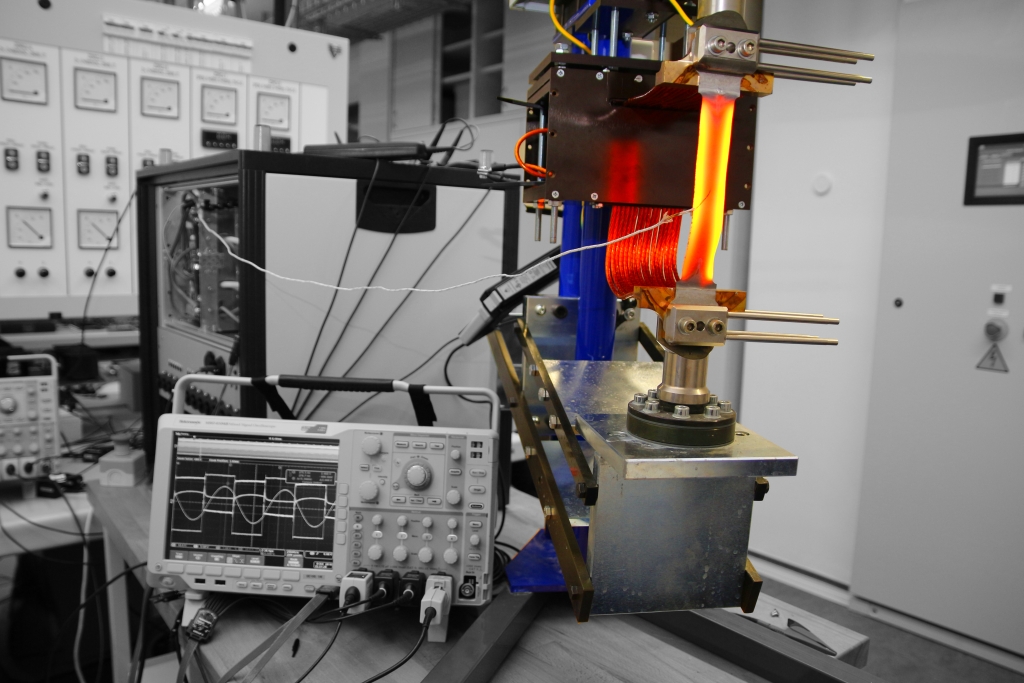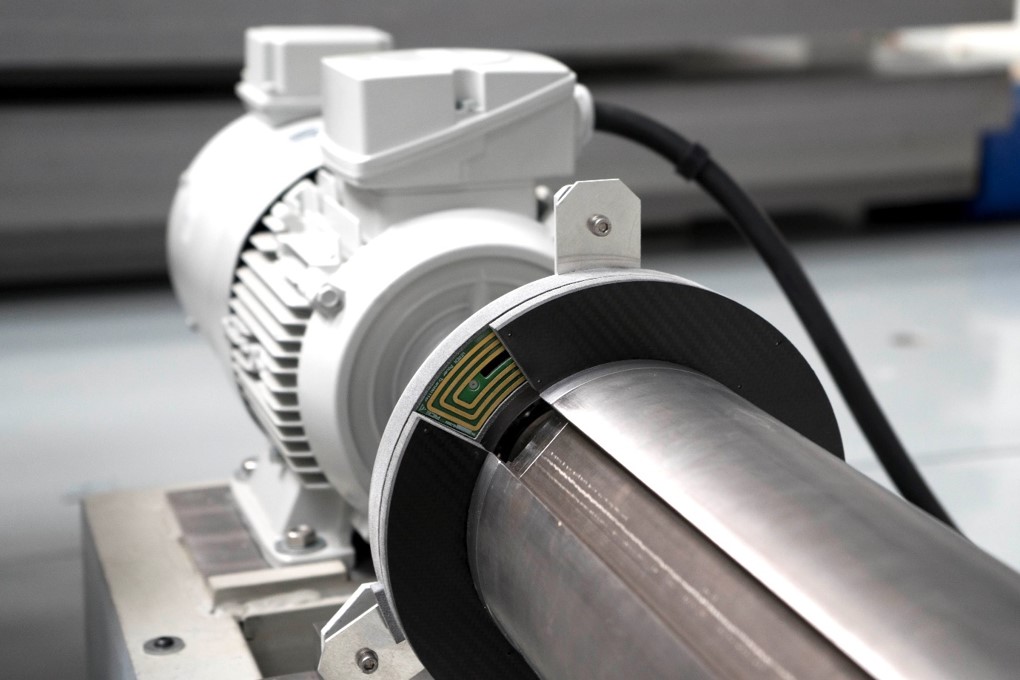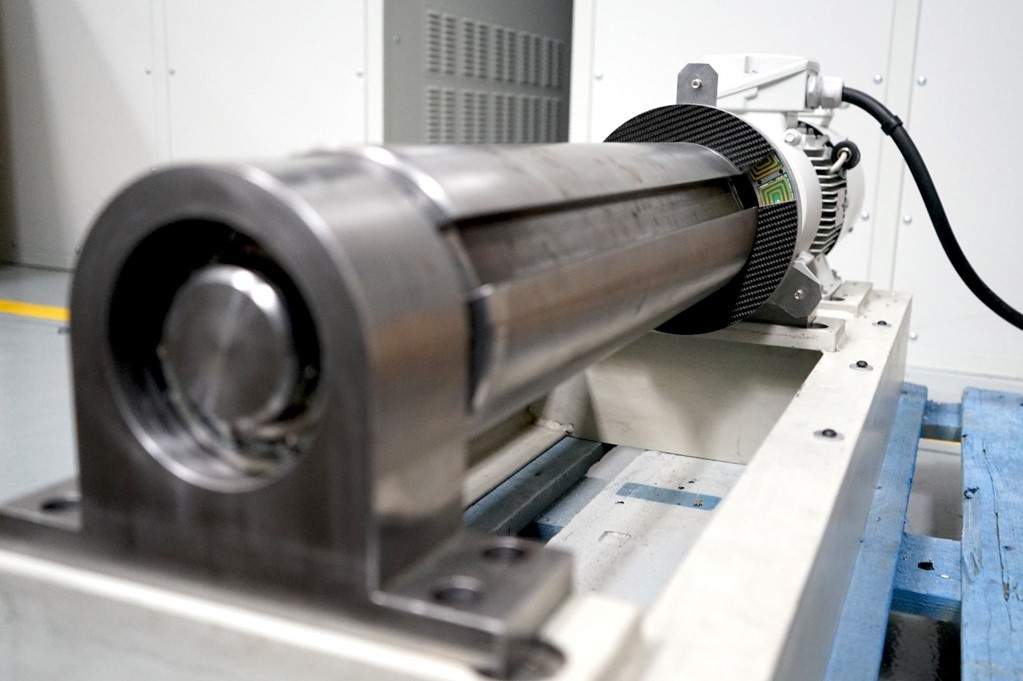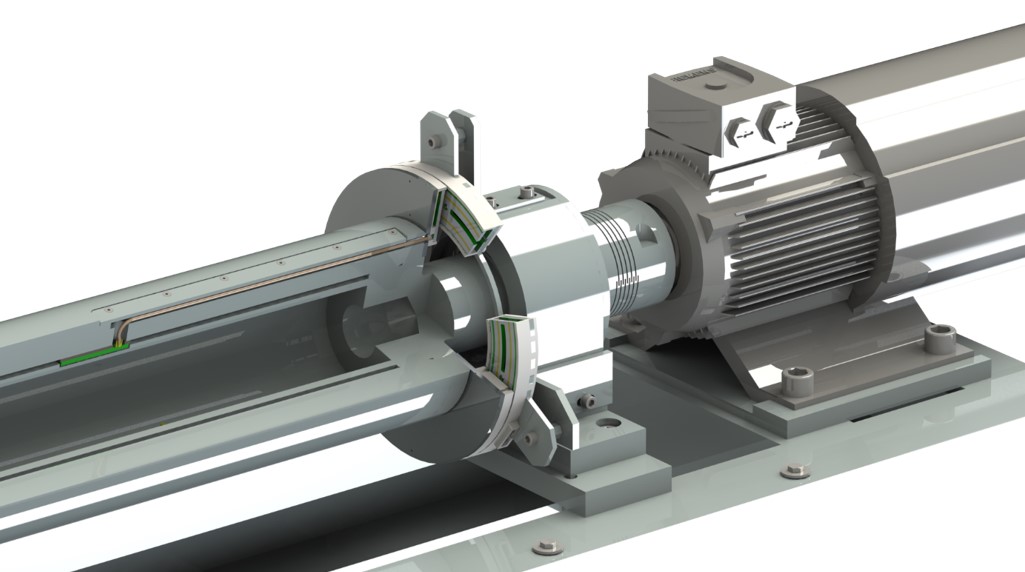
MECHATRONICS, ROBOTICS AND INDUSTRIAL TECHNOLOGY/AUTOMATION
Linear Drive - Training Simulator
This post is in preparation.
Fig.: 1/3 Linear actuator for attaching the training simulator cabin.
Power semiconductor converters
We can design, manufacture, commission, and test a power semiconductor converter as a prototype. We use the latest types of Si, SiC, and GaN based power semiconductor components for the design of converters. These technologies enable the design of inverters with high power density.
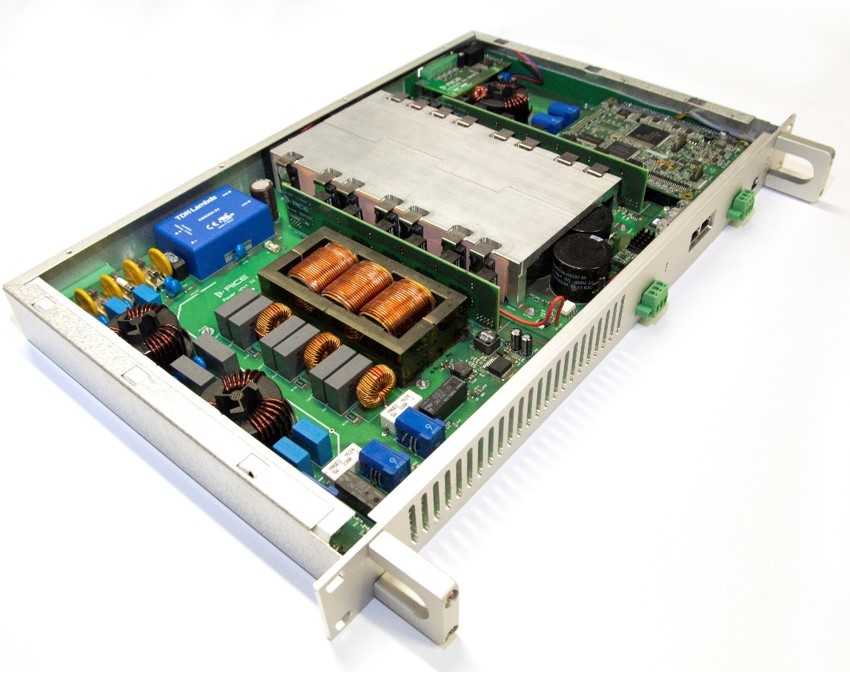
Fig.1: Power converter prototype
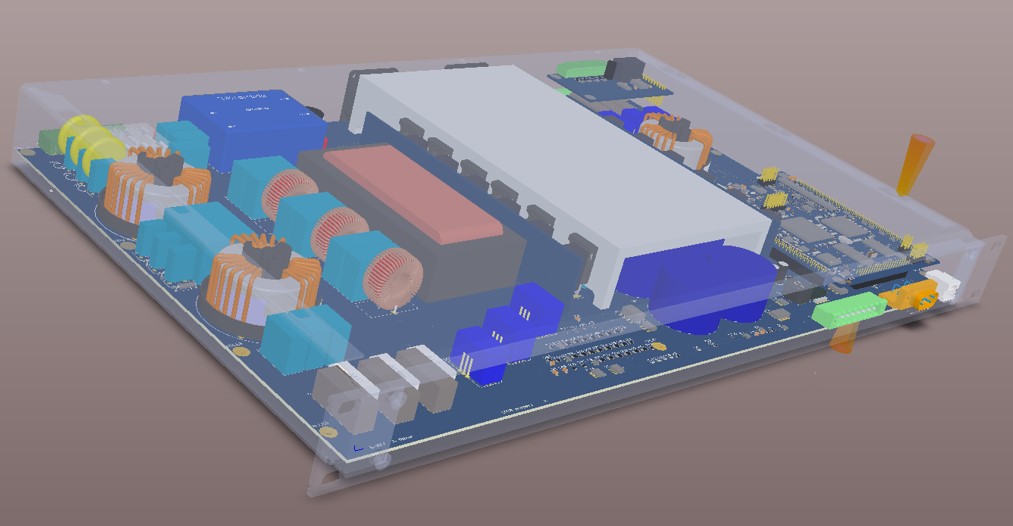
Fig.2: 3D power converter design
A power semiconductor converter is created from the design of its topology (power principal diagram). We describe its function mathematically, by logic functions, and create their simulation models. These models are used to verify the basic function of the inverter, but we also use them to verify, for example, the heating of selected parts of the inverter and power elements.
Once the inverter's basic function and the basic design elements have been verified, it is possible to start constructing the actual inverter using 3D modeling software. An extensive library of component models can be used to facilitate the design.
From the 3D model, manufacturing documentation for the mechanical layout, documentation for PCB manufacturing, etc. can be created, and the individual components can be manufactured and assembled. For the creation of special parts, we use 3D printing or the equipment of a prototype workshop.
Shrack
The SHRack is a versatile modular inverter designed for testing multilevel and multiphase power converter topologies. Its design and modularity make it easy to test new multilevel inverter topologies.
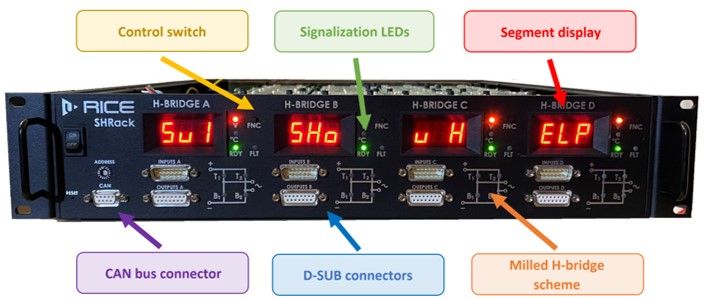
Fig.1.: Control panel of the SHRack power converter
The device contains four non-contiguous channels, each containing one single-phase voltage divider called H-bridge. The nominal power of each H-bridge is 5 kW, and the power of the whole device is, therefore, up to 20 kW.
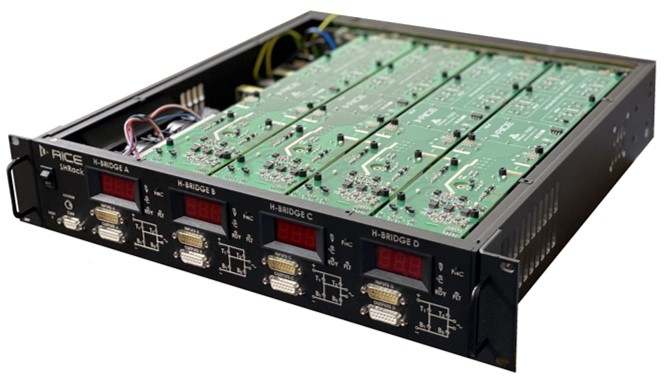
Fig.2.: View into the open design of the SHRack power converter
Individual H-bridges can be connected in parallel or cascaded using power jumpers. The inverter is also equipped with voltage, current and temperature measurements. The entire inverter is monitored by integrated logic that can reset the inverter to a safe state in the event of a fault.
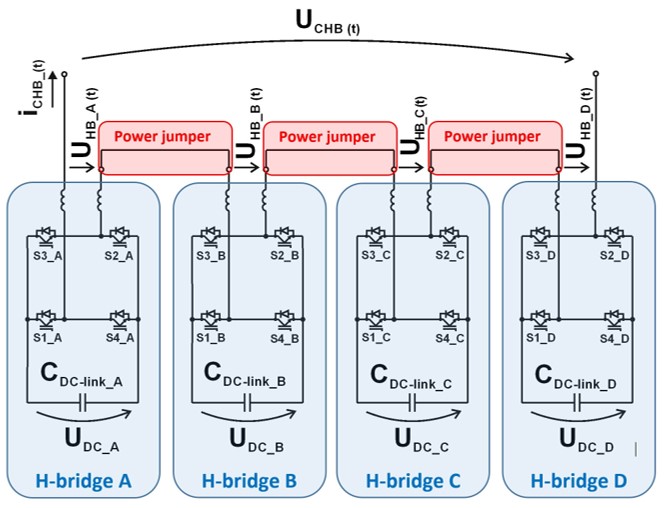
Fig.3: Example of SHRack inverter as a 9-level CHB with cascaded H-bridges.
The main domain of this inverter is multi-functionality. SHRack can be used as an HW base for pulse converters, 3-phase to 8-phase converters, multi-element modular converters, and various topologies using series-parallel H-bridge combinationsstků.
